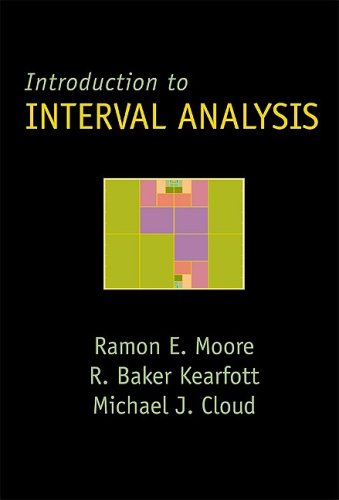

Most ebook files are in PDF format, so you can easily read them using various software such as Foxit Reader or directly on the Google Chrome browser.
Some ebook files are released by publishers in other formats such as .awz, .mobi, .epub, .fb2, etc. You may need to install specific software to read these formats on mobile/PC, such as Calibre.
Please read the tutorial at this link: https://ebookbell.com/faq
We offer FREE conversion to the popular formats you request; however, this may take some time. Therefore, right after payment, please email us, and we will try to provide the service as quickly as possible.
For some exceptional file formats or broken links (if any), please refrain from opening any disputes. Instead, email us first, and we will try to assist within a maximum of 6 hours.
EbookBell Team

4.7
56 reviewsReaders will find the following features of interest: elementary motivating examples and notes that help maximize the reader s chance of success in applying the techniques; exercises and hands-on MATLAB-based examples woven into the text; INTLAB-based examples and explanations integrated into the text, along with a comprehensive set of exercises and solutions, and an appendix with INTLAB commands; an extensive bibliography and appendices that will continue to be valuable resources once the reader is familiar with the subject; and a Web page with links to computational tools and other resources of interest.
Audience: Introduction to Interval Analysis will be valuable to engineers and scientists interested in scientific computation, especially in reliability, effects of roundoff error, and automatic verification of results. The introductory material is particularly important for experts in global optimization and constraint solution algorithms. This book is suitable for introducing the subject to students in these areas.
Contents: Preface; Chapter 1: Introduction; Chapter 2: The Interval Number System; Chapter 3: First Applications of Interval Arithmetic; Chapter 4: Further Properties of Interval Arithmetic; Chapter 5: Introduction to Interval Functions; Chapter 6: Interval Sequences; Chapter 7: Interval Matrices; Chapter 8: Interval Newton Methods; Chapter 9: Integration of Interval Functions; Chapter 10: Integral and Different